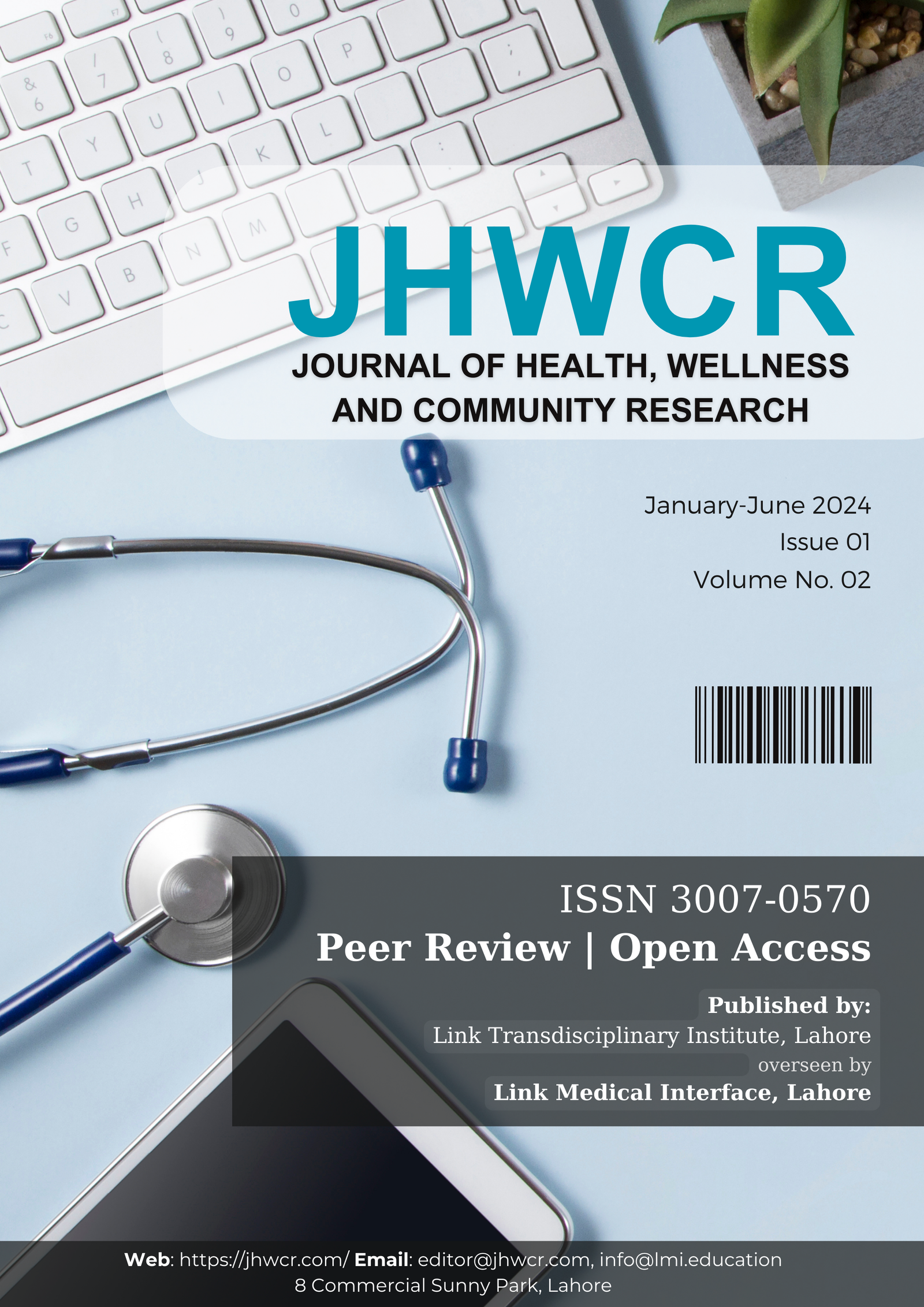Liver Disease–Associated Glomerulopathies: Clinical Spectrum, Pathophysiology, and Implications for Renal Prognosis
DOI:
https://doi.org/10.61919/364caf88Keywords:
Liver Diseases, Glomerulonephritis, Hepatitis C, Proteinuria, Renal Insufficiency, Biopsy, Cross-Sectional StudiesAbstract
Background: Liver disease–associated glomerulopathies (LDAGs) represent a clinically significant but often underrecognized cause of renal dysfunction in patients with chronic liver disease, particularly in regions with a high prevalence of hepatitis B and C. Objective: This study aimed to evaluate the clinical and histopathological spectrum of glomerular diseases in adults with chronic liver disorders, with a focus on associations between liver disease etiology, severity, proteinuria, and renal outcomes. Methods: In this cross-sectional observational study, adult patients (n = 72) with chronic liver disease and evidence of renal involvement were recruited from a tertiary care center. Inclusion criteria comprised age ≥18 years, established diagnosis of chronic liver disease, and renal impairment defined by proteinuria >500 mg/day, hematuria, or eGFR <60 mL/min/1.73m². Patients with non-glomerular acute kidney injury, systemic autoimmune diseases, or immunosuppressive therapy were excluded. Clinical, laboratory, and renal biopsy data were collected using standardized instruments. Liver disease severity was assessed with Child-Pugh and MELD scores. Ethical approval was obtained in accordance with the Helsinki Declaration. Statistical analyses were performed using SPSS, employing t-tests, chi-square tests, and logistic regression to assess associations. Results: Glomerulopathy was confirmed in 28 of 72 patients (38.9%), with membranoproliferative glomerulonephritis (MPGN) linked to hepatitis C being the most common (46.4%), followed by membranous nephropathy (28.6%) and IgA nephropathy (17.9%). Proteinuria >3.5 g/day was observed in 67.9% of glomerulopathy cases, significantly higher than in patients without biopsy-proven disease (p < 0.001). The prevalence of nephrotic-range proteinuria and cryoglobulinemia increased with worsening liver dysfunction and hepatitis C etiology. Conclusion: LDAGs, particularly MPGN associated with hepatitis C, are prevalent in patients with advanced liver disease, often presenting with severe proteinuria and immune-mediated features. Early identification and multidisciplinary management are essential to improve renal outcomes and reduce morbidity in this high-risk population.
Downloads
Published
Issue
Section
License
Copyright (c) 2025 Muhammad Naseer, Syed Mohkumuddin, Muhammad Azam, Muhammad Usman, Abdul Malik, Syed Akhter Muhammad (Author)

This work is licensed under a Creative Commons Attribution 4.0 International License.


